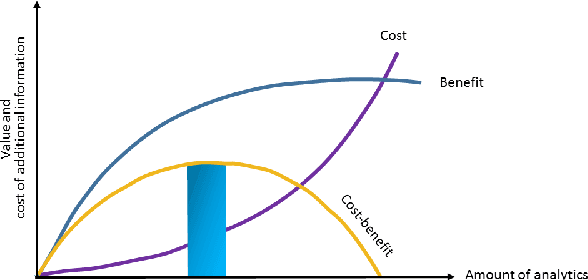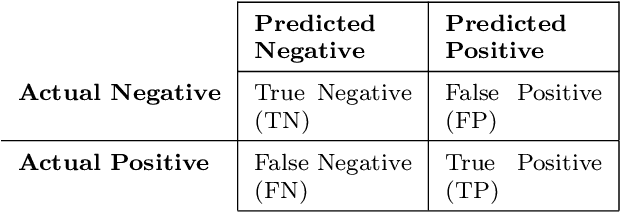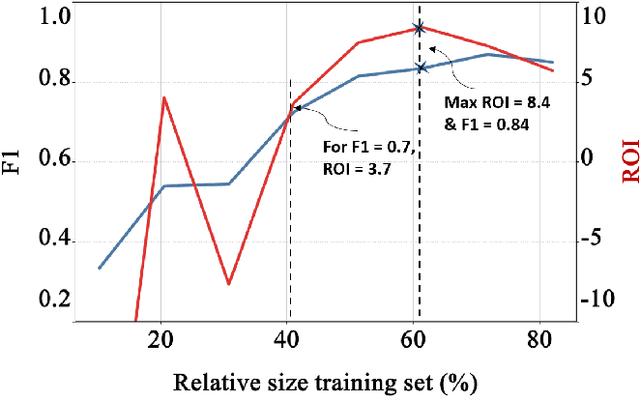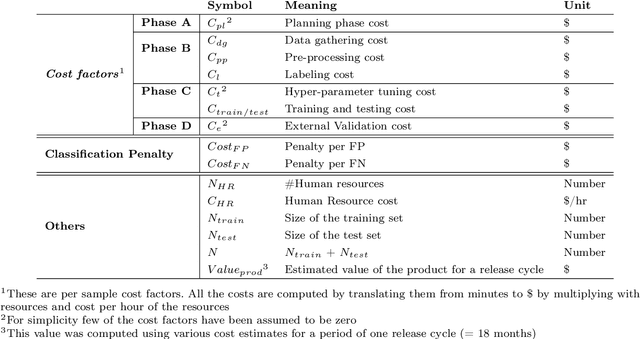How Much Data Analytics is Enough? The ROI of Machine Learning Classification and its Application to Requirements Dependency Classification
Paper and Code
Sep 28, 2021



Machine Learning (ML) can substantially improve the efficiency and effectiveness of organizations and is widely used for different purposes within Software Engineering. However, the selection and implementation of ML techniques rely almost exclusively on accuracy criteria. Thus, for organizations wishing to realize the benefits of ML investments, this narrow approach ignores crucial considerations around the anticipated costs of the ML activities across the ML lifecycle, while failing to account for the benefits that are likely to accrue from the proposed activity. We present findings for an approach that addresses this gap by enhancing the accuracy criterion with return on investment (ROI) considerations. Specifically, we analyze the performance of the two state-of-the-art ML techniques: Random Forest and Bidirectional Encoder Representations from Transformers (BERT), based on accuracy and ROI for two publicly available data sets. Specifically, we compare decision-making on requirements dependency extraction (i) exclusively based on accuracy and (ii) extended to include ROI analysis. As a result, we propose recommendations for selecting ML classification techniques based on the degree of training data used. Our findings indicate that considering ROI as additional criteria can drastically influence ML selection when compared to decisions based on accuracy as the sole criterion
 Add to Chrome
Add to Chrome Add to Firefox
Add to Firefox Add to Edge
Add to Edge